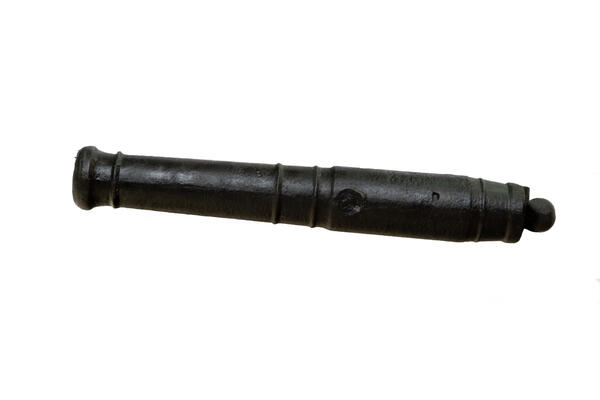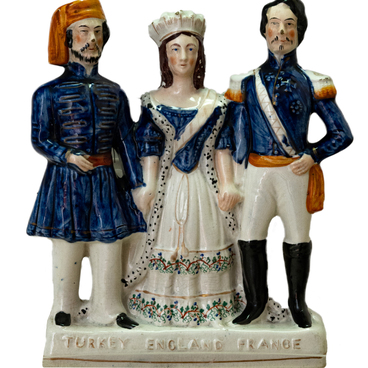Falconets, or falcons, were artillery pieces, which were in service in the army and navies in the 16-18th centuries.
In Russia, the first falconets were cast in 1547. They weighed about 250 kilograms. Such weapons were fired with lead cannonballs and were transported from place to place with the help of one or two horses.
Initially, falconets were developed for military operations on land. However, they were often used in naval battles. Ships’ falconets were relatively small and lighter than the first samples, and their barrel caliber did not exceed 60 millimeters. In addition, they could be recharged quickly.
Falconets were massively used at the end of the 15th — 16th centuries. At that time, all states were already using firearms in the navy, but large-caliber guns were still very expensive to manufacture. For example, 141 falconets were in service with the largest ship in the fleet of Henry VIII — “Henry Grace `a Dieu”. It was launched in 1514.
In the 17th century, falconets were used to protect light ships or to board enemy ships. Such weapons were installed along the side of the ship or on the walls of a sea fortresses.
They were called swivel cannons because they were attached to a swivel — a special long pin that was driven deep into the side of the ship. With its help, the falconets could be rotated to aim. Sometimes the weapons were loaded with cannonballs, but more often they used buckshot to inflict maximum damage on the enemy’s manpower. Also, shots from the falconet could damage the rig — the tackle on the masts of the ship. However, they could not pierce the hull of the ship.
The collection of the museum contains a falconet barrel of the 1788 model. Such weapons were part of the Russian naval artillery and were intended to assist the landing. The barrel was found in 1978 near the village of Oboronnoye (the former village of Kamary).
Falconets were used as landing weapons mainly in the era of the Great Geographical Discoveries — in the 15th — 17th centuries. If necessary, they could be fixed on a boat, taken on a hike, or disembarked with them. Loud volleys of these cannons frightened the natives and put them to flight. In Russia, falconets firing lead cannonballs were used on a mass scale from the 19th century until the end of the Crimean War of 1853-1856.
In Russia, the first falconets were cast in 1547. They weighed about 250 kilograms. Such weapons were fired with lead cannonballs and were transported from place to place with the help of one or two horses.
Initially, falconets were developed for military operations on land. However, they were often used in naval battles. Ships’ falconets were relatively small and lighter than the first samples, and their barrel caliber did not exceed 60 millimeters. In addition, they could be recharged quickly.
Falconets were massively used at the end of the 15th — 16th centuries. At that time, all states were already using firearms in the navy, but large-caliber guns were still very expensive to manufacture. For example, 141 falconets were in service with the largest ship in the fleet of Henry VIII — “Henry Grace `a Dieu”. It was launched in 1514.
In the 17th century, falconets were used to protect light ships or to board enemy ships. Such weapons were installed along the side of the ship or on the walls of a sea fortresses.
They were called swivel cannons because they were attached to a swivel — a special long pin that was driven deep into the side of the ship. With its help, the falconets could be rotated to aim. Sometimes the weapons were loaded with cannonballs, but more often they used buckshot to inflict maximum damage on the enemy’s manpower. Also, shots from the falconet could damage the rig — the tackle on the masts of the ship. However, they could not pierce the hull of the ship.
The collection of the museum contains a falconet barrel of the 1788 model. Such weapons were part of the Russian naval artillery and were intended to assist the landing. The barrel was found in 1978 near the village of Oboronnoye (the former village of Kamary).
Falconets were used as landing weapons mainly in the era of the Great Geographical Discoveries — in the 15th — 17th centuries. If necessary, they could be fixed on a boat, taken on a hike, or disembarked with them. Loud volleys of these cannons frightened the natives and put them to flight. In Russia, falconets firing lead cannonballs were used on a mass scale from the 19th century until the end of the Crimean War of 1853-1856.



